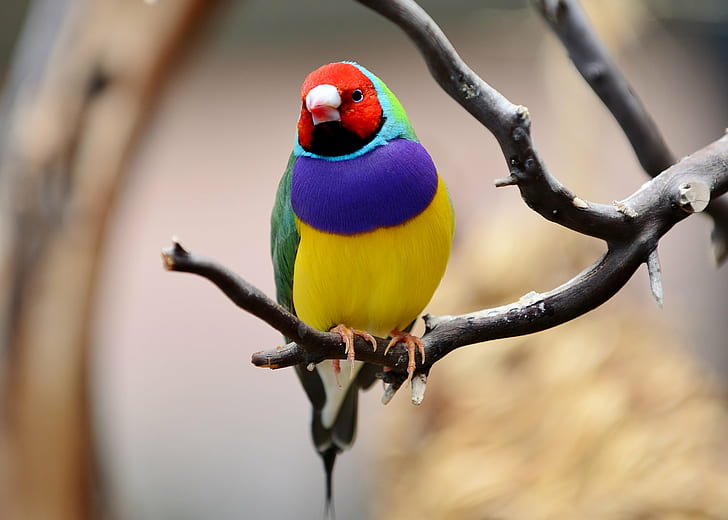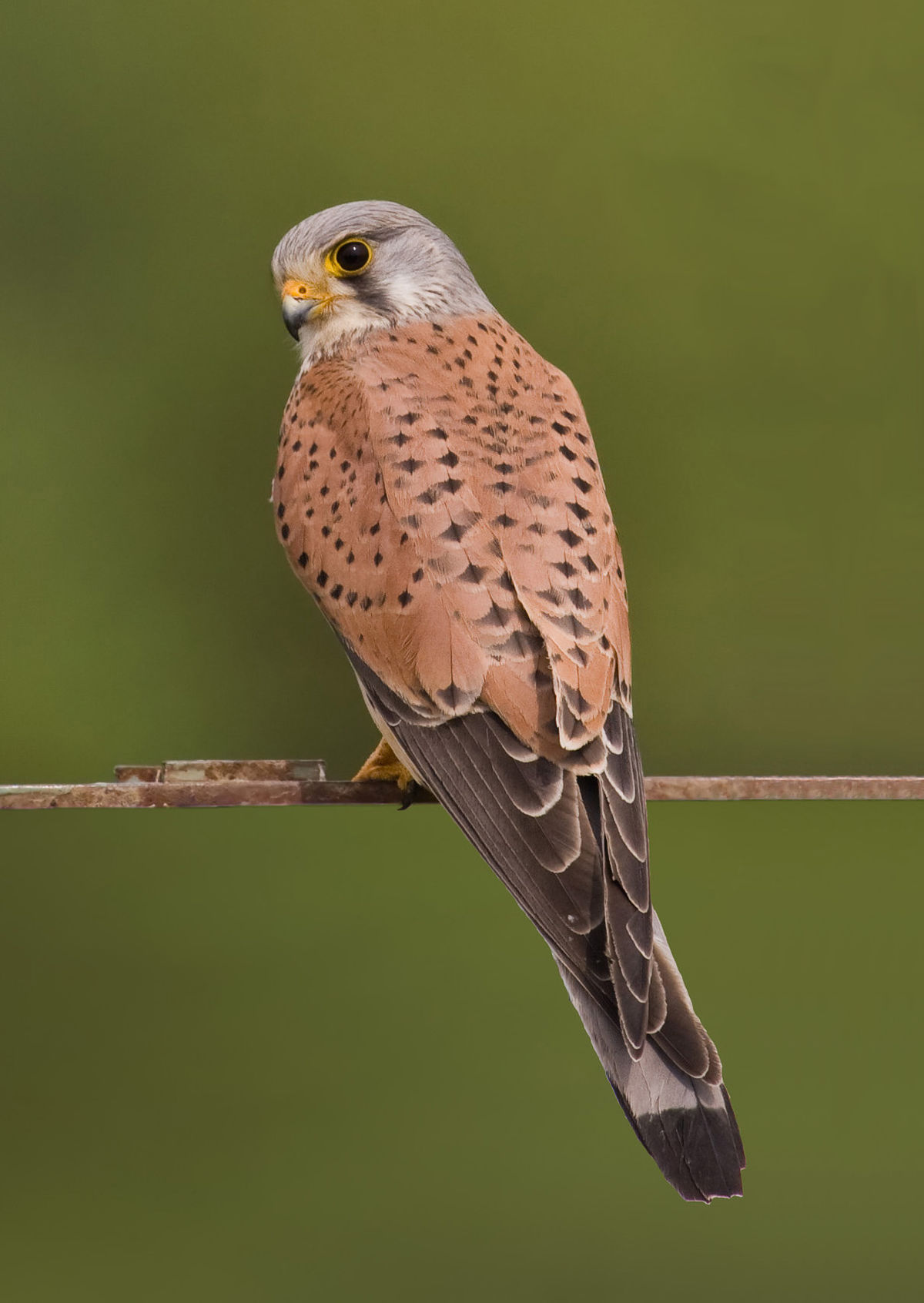The Gouldian Finch is the only grassfinch that nests exclusively in tree hollows or holes in termite mounds.

Identification
Gouldian Finches are Australia’s most spectacularly colored grassfinches, and are perhaps the most spectacularly coloured of all Australian birds. They are small birds, with a bright green back, yellow belly and a purple breast. The facial colour is usually black, and is found in about 75% of the birds. Red-faced forms make up about 25% of the population, and rare, yellow-faced birds occur from time to time. The yellow colour results from a lack of red pigment in the red-faced birds. The males are brighter in plumage than the females. Young Gouldian Finches are dull ashy grey on the head and hind neck, becoming olive on the back and tail. The underparts are brown white, paler on chin, and have a faint yellow tinge on the belly. The upper bill is blackish and the lower bill is pinkish white. The end of the beak is tipped with red and there are pale nodules on the gape.

Habitat
As with most other grassfinch species, the Gouldian Finch is seldom found far from water, and needs to drink several times during the day. Throughout its range the species inhabits the edges of mangroves and thickets, and savannas dotted with trees.

Distribution
The Gouldian Finch is patchily distributed in tropical northern sub-coastal areas from Derby, Western Australia, to the Gulf of Carpentaria and thinly to central Cape York Peninsula, but is locally common in the north and north-western parts of its range.







